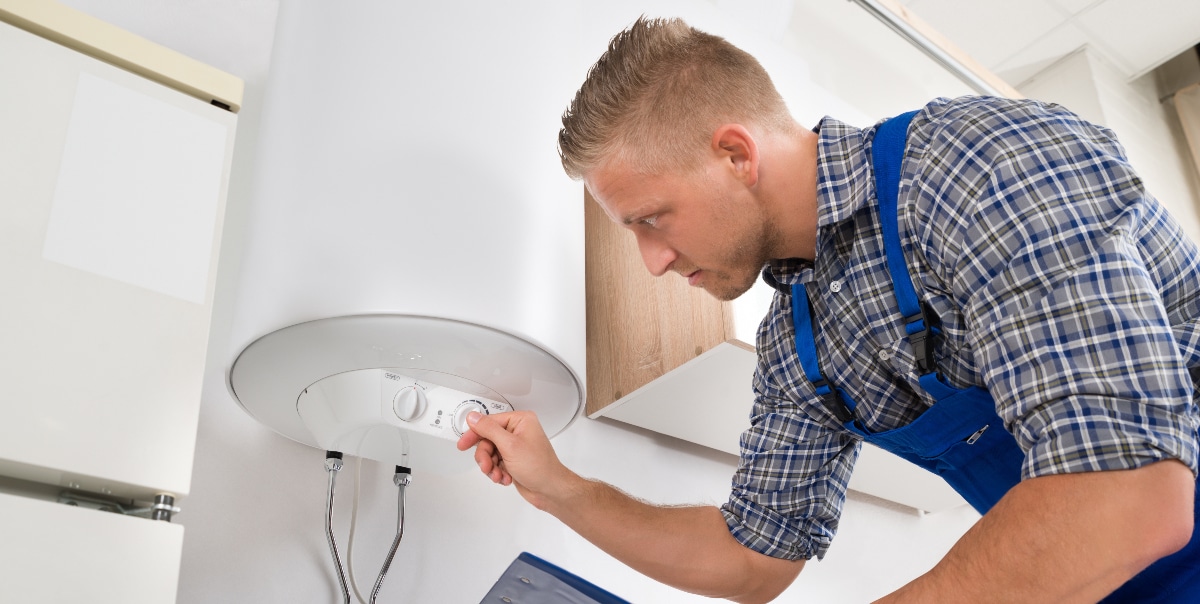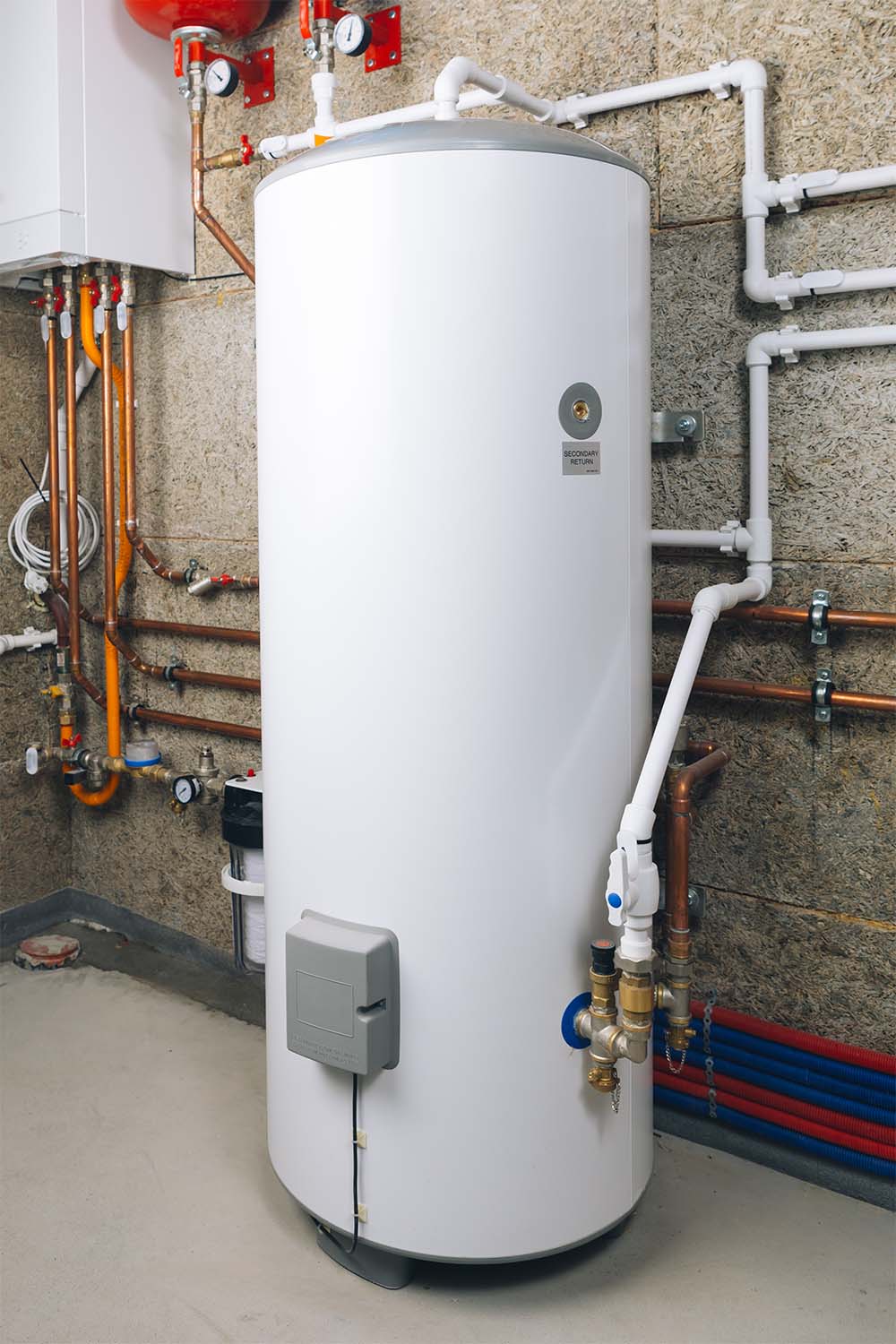Simple Ways to Maintain Your Home's Hot Water System ProperlyWhat to Maintain Your Home's Hot Water System Properly
Simple Ways to Maintain Your Home's Hot Water System ProperlyWhat to Maintain Your Home's Hot Water System Properly
Blog Article
On this page on the next paragraphs you can locate lots of superb information and facts regarding How to Maintain a Hot Water Heater in a Few Simple Steps.

Hot water is vital for everyday convenience, whether it's for a refreshing shower or cleaning recipes. To guarantee your warm water system runs successfully and lasts longer, regular maintenance is key. This short article offers functional ideas and insights on exactly how to preserve your home's warm water system to avoid disturbances and pricey repairs.
Introduction
Maintaining your home's hot water system might seem overwhelming, yet with a couple of simple steps, you can ensure it operates efficiently for many years to find. This guide covers everything from understanding your warm water system to do it yourself upkeep ideas and understanding when to employ professional help.
Significance of Preserving Your Hot Water System
Routine upkeep not just prolongs the life-span of your warm water system yet additionally guarantees it runs successfully. Neglecting upkeep can bring about lowered performance, greater power costs, and also early failing of the system.
Indicators Your Warm Water System Requirements Upkeep
Understanding when your hot water system needs attention can protect against significant concerns. Keep an eye out for indicators such as inconsistent water temperature, strange noises from the heater, or corroded water.
Purging the Hot Water Heater
Purging your hot water heater eliminates sediment buildup, improving efficiency and extending its life.
Monitoring and Replacing Anode Rods
Anode rods prevent rust inside the tank. Inspecting and replacing them when broken is essential.
Complicated Concerns Calling For Expert Assistance
Examples include major leaks, electric troubles, or if your hot water heater is constantly underperforming.
Routine Specialist Upkeep Perks
Professional maintenance can consist of complete evaluations, tune-ups, and ensuring conformity with security standards.
Evaluating and Readjusting Temperature Settings
Changing the temperature setups makes sure optimal efficiency and security.
DIY Tips for Upkeep
You can do several upkeep tasks yourself to maintain your hot water system in leading problem.
Checking for Leakages
On a regular basis inspect pipelines and links for leakages, as these can lead to water damages and higher costs.
Comprehending Your Hot Water System
Prior to diving into upkeep tasks, it's handy to comprehend the standard elements of your warm water system. Usually, this includes the hot water heater itself, pipes, anode rods, and temperature level controls.
Regular Monthly Upkeep Tasks
Regular month-to-month checks can aid catch small issues prior to they escalate.
Checking Pressure Alleviation Valves
Examining the pressure safety valve ensures it works correctly and stops too much pressure build-up.
Insulating Pipelines
Shielding hot water pipelines reduces warm loss and can conserve energy.
When to Call a Professional
While DIY upkeep is advantageous, some problems need specialist expertise.
Final thought
Routine upkeep of your home's warm water system is crucial for efficiency, longevity, and expense savings. By complying with these pointers and recognizing when to look for professional aid, you can ensure a reliable supply of hot water without unanticipated disturbances.
How to Maintain an Instant Hot Water Heater
Before tinkering with your hot water heater, make sure that it’s not powered on. You also have to turn off the main circuit breaker and shut off the main gas line to prevent accidents. Also turn off the water valves connected to your unit to prevent water from flowing into and out of the appliance. 2. When you’re done, you have to detach the purge valves’ caps. These look like the letter “T” and are situated on either side of the water valves. Doing so will release any pressure that has accumulated inside the valves while at the same time avoid hot water from shooting out and burning your skin. 3. When the purge valves’ caps are removed, you have to connect your hosing lines to the valves. Your unit should have come with three hoses but if it didn’t, you can purchase these things from any hardware or home repair shops. You can also get them from retail stores that sell water heating systems. Read the user’s manual and follow it to complete this task properly. When the hosing lines are connected, open the purge port’s valves. 4. You should never use harsh chemical cleaners or solutions when cleaning your unit. Make use of white vinegar instead. It should be undiluted and you’ll probably use about 2 gallons. 5. Now flush your water heater. This task should probably take about 40 minutes. We can’t give you specific directions for this because the procedure is carried out depending on the type, model and brand of your heater. With that being said, refer to the user’s manual. 6. When you’re done draining the unit, you have to turn off the purge port valves again. Remove the hosing lines that you earlier installed on each of the water valves. Put the valve caps (purge port) back in their respective places and be very careful so as not to damage the rubber discs that are found inside these caps. 7. Now that everything’s back in place, check your user’s manual again to find out how to reactivate your water heating system. 8. Once it is working, turn one of your hot water faucets on just to let air pass through the heater’s water supply pipes. Leave the tap on until water flows smoothly out of it. https://www.orrplumbing.com/blog/2014/september/how-to-maintain-an-instant-hot-water-heater/

I recently found that review on What Kind of Maintenance Do Water Heaters Need? while surfing around the web. Sharing is good. You won't know, you may be doing someone a favor. Kudos for your time. Return soon.
Schedule Services Report this page